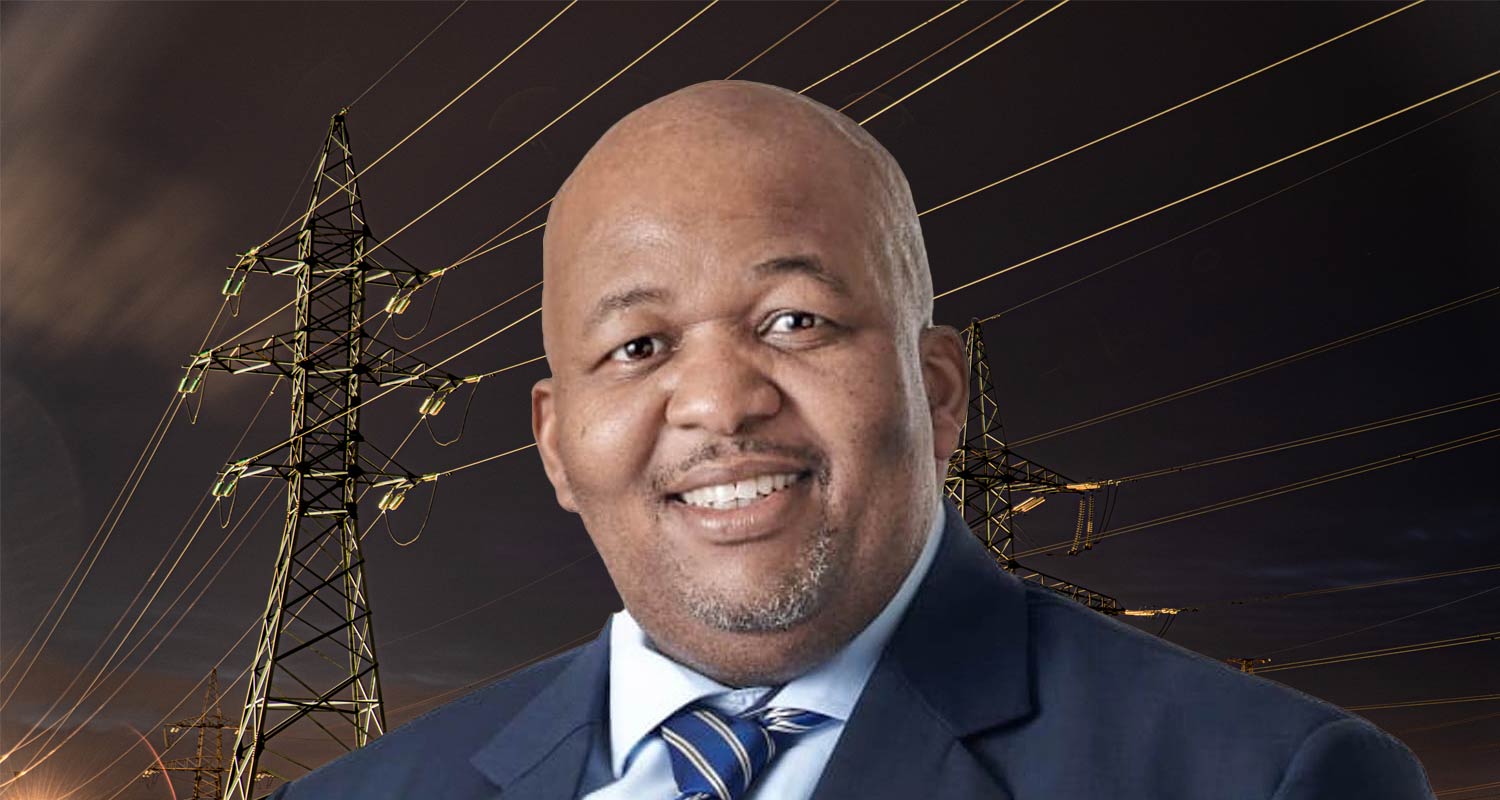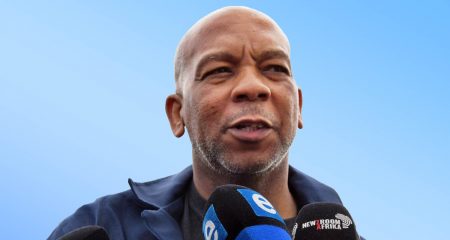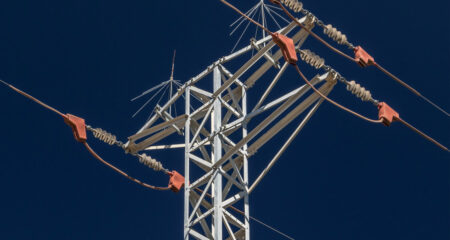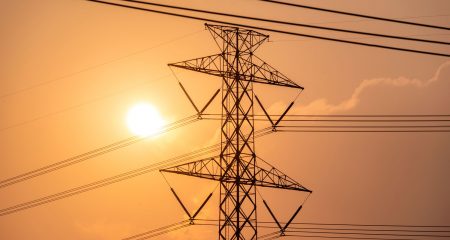
Eskom has not implemented load shedding for 300 days, or more than nine months, the state-owned electricity utility declared on Tuesday.
It is the longest period that lights have stayed on since 2018, and Eskom has voiced its confidence that it can build on this record through its focus on improving generation at its coal-fired fleet of power stations.
“This milestone is the outcome of Eskom implementing the generation recovery plan since March 2023, which has delivered sustained and ongoing structural improvement in the generation fleet,” it said in a statement.
“Credit goes to all our 40 000 dedicated and skilled Eskom employees who are committed to serving South Africa. Our sights are now firmly focused on delivering one year without load shedding at midnight on 26 March 2025,” said group executive for generation Bheki Nxumalo in the statement.
“These 300 days without load shedding have been characterised by a significant reduction in unplanned outages, which have long been one of the biggest challenges, a notable improvement in the energy availability factor of approximately 7%, and savings in diesel expenditure of R16.4-billion.”
CEO Dan Marokane, who was appointed to lead Eskom last March, said: “Public sentiment is shifting: business leaders who once had to invest precious capex in self-generation have enquired whether they should revert to investing in Eskom for their power needs. The savings we are making in diesel spend are invested in the business to drive efficiencies further and place Eskom on a path to profitability and long-term operational and financial sustainability.”
‘Not out of the woods’
However, energy minister Kgosientsho Ramokgopa warned in December that there is still a risk of load shedding in the coming months.
He told a media briefing that “we are within touching distance of the resolution of load shedding but we are not necessarily out of the woods”.
Read: Eskom appoints a group executive for renewable energy
“Even though we’re seeing the kind of phenomenal performance that we’re seeing, it is important that we continue to fix our eyes on the bouncing ball, and that bouncing ball is to ensure that we end load shedding, and then in the long term to ensure that we are able to provide the sufficient head space for the South African economy to grow,” Ramokgopa said. – © 2025 NewsCentral Media
Get breaking news from TechCentral on WhatsApp. Sign up here.
Don’t miss:
Eskom’s next crisis, and why resolving it will be require ‘tough trade-offs’




